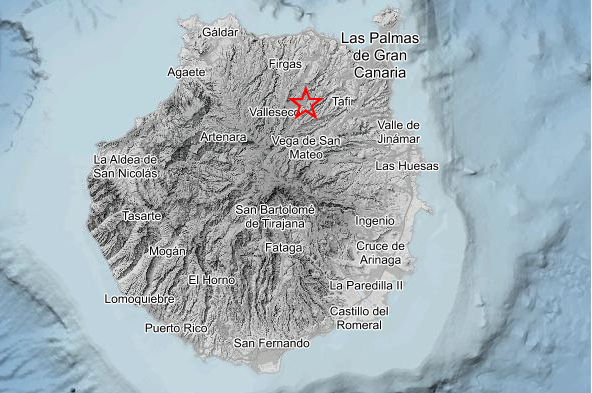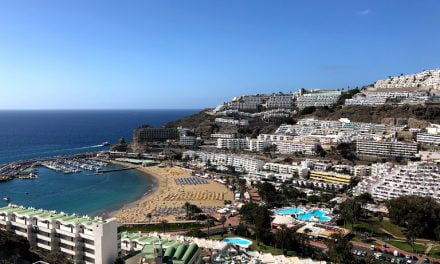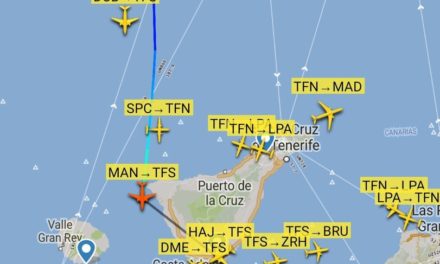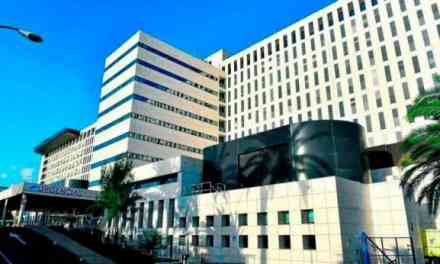An earthquake struck Gran Canaria in the early hours of Tuesday, May 7, as reported by the National Geographic Institute (IGN). The tremor, with a magnitude of 2.3, occurred at a depth of approximately 4 kilometers.
The seismic event was specifically recorded in the municipality of Teror at 01:01:23 local time.
Earthquakes on the Canary Islands, including Gran Canaria, are generally of low magnitude and occur relatively infrequently compared to more seismically active regions of the world. The Canary Islands lie near the boundary between the African Plate and the Eurasian Plate, but the tectonic activity is typically mild. Most seismic activity in the region is associated with the volcanic nature of the islands.
Gran Canaria and the other islands have experienced a series of small tremors historically. These tremors are often related to the volcanic activity underlying the archipelago, particularly due to the movement of magma beneath the surface. The islands of El Hierro and Tenerife, for example, have seen more significant seismic activities in recent years, often linked to their active volcanic systems.
This morning’s earthquake in Teror, Gran Canaria, was minor and unlikely to have been felt by residents, but it does serve as a reminder that while catastrophic earthquakes are very rare, the potential for seismic activity always exists, particularly when associated with volcanic activity.
Monitoring and research continue to play crucial roles in understanding and predicting seismic events in the region. The IGN routinely monitors seismic activity to ensure timely alerts and to gather data that contributes to the geological understanding of the Canary Islands’ seismic and volcanic behavior.










